Samsung's mixed reality headset finally breaks cover today, and it is bringing serious firepower to challenge Apple's Vision Pro. After months of teasing and prototype demos, Samsung is officially revealing Project Moohan, its Vision Pro competitor, at its Galaxy Event, and early hands-on writeups say the device might deliver on its big promises. Samsung let tech writers try prototypes while keeping key details under wraps, according to reports. The twist, Samsung is framing it as an "AI-native" device, as described by Samsung, a shift from hardware-first thinking to AI-first experiences that could change how we talk about spatial computing.
The AI advantage that changes everything
Here is where it gets interesting. Samsung's headset is not just aiming to match Vision Pro, it is leaning on AI to jump ahead. Early reviewers say the core functionality feels comparable, but the AI features are the step change, according to hands-on reports. The tight integration with Gemini sets up a conversational layer so you can call up Google’s assistant and speak naturally, as demonstrated in early previews.
Picture this: you tap the Gemini button and just start talking. No menu diving. The system keeps a full conversational version of Gemini running, so you can go back and forth as you move through apps or the room, according to detailed demonstrations. The kicker, it is not only listening, it is seeing.
Multimodal smarts are Samsung’s swing. Gemini can view what you view, then help in the moment, according to detailed demonstrations. Think of a foreign menu snapping into your language as you scan it, or a quick explanation of the unfamiliar gadget on your desk, plus follow-up questions in plain speech. That turns the headset from a computer you operate into a companion that can interpret the world with you.
Comparatively, Apple has been rolling Apple Intelligence into Vision Pro via visionOS updates earlier in 2025 (visionOS 2.4); Samsung's approach is notable because it ships Gemini-integrated features on day one for Galaxy XR. Samsung’s hardware is set up to lean on Gemini for device control and environmental interpretation, according to technical specifications, a gap that could matter when buyers pick a premium XR platform.
What we are still waiting to learn
Even with the previews, Samsung has kept crucial details for the stage. The company has stuck to the Project Moohan codename so far, as reported across multiple sources. Expect the proper name, and harder dates and specs that signal where it lands in the market.
The launch window remains broad. Samsung has indicated sales will not begin until next year, according to company statements. Big product, long runway, no surprise there.
Price will tell the tale. Vision Pro’s high sticker limits reach and keeps it niche, as industry analysis shows. If Samsung pairs its AI-forward pitch with competitive numbers, it could find the sweet spot between premium feel and wider access.
Device specs are strong. Dual 4K micro‑OLED displays add up to about 29 million pixels, topping Vision Pro’s 23 million. The headset is reportedly lighter at 545 grams compared with Vision Pro’s 600 to 650 gram range, based on early specifications. More visual fidelity in a lighter frame, plus the AI layer, sounds like the kind of comfort and clarity that helps XR click for everyday use.
The Android XR ecosystem play
Samsung is not just shipping a headset, it is lighting up a platform. Project Moohan is set to be the first device on Android XR, a new operating system co-developed by Samsung, Google, and Qualcomm for extended reality, as confirmed by multiple sources. This is not a quick Android skin, it rethinks XR around spatial computing with AI at the center, not pasted on after the fact.
The platform is designed to scale from headsets to glasses, bringing AI into the heart of immersive experiences, according to Samsung's technical documentation. The three-way split is clear, Samsung handles hardware and displays, Google steers software and AI, Qualcomm powers it with the Snapdragon XR2 Plus Gen 2 chip.
Apps could be the quiet advantage. Google staples like YouTube, Maps, Chrome, and Photos are expected to be tuned for immersion, as outlined in development plans. Virtual big screens for YouTube, real 3D navigation in Maps, multitasking with Chrome across floating displays, according to feature demonstrations. That gives Samsung a running start in work and entertainment where Apple is still expanding its library.
The platform also lets you dial immersion, either full digital spaces or Passthrough that keeps you present using the onboard cameras, similar to Apple's controls, as technical specifications reveal. That flexibility positions Samsung to meet Meta’s gaming energy and Apple’s productivity push, while adding the AI layer neither competitor is offering today.
What this means for the XR landscape
Tonight feels bigger than a routine product drop. Apple carved out the premium tier but has not reached mass adoption, and Meta owns gaming and social without cracking productivity. Samsung is stepping into that gap with hardware, Google’s AI, and Qualcomm’s silicon moving in lockstep.
If the Gemini integration delivers, the pitch is not just better screens or lighter plastic, it is a headset that acts like an intelligent companion. That is the kind of difference shoppers notice.
The livestream begins at 10 p.m., ET, and you can watch it on Samsung's platforms, as announced by the company. This is more than another headset entering a crowded shelf, it is a test of whether AI-native XR can mark the next step in spatial computing.
If you live inside Apple’s ecosystem, this may not sway you, as market analysis suggests. For everyone else who wants high-end XR without Apple pricing, and with AI that Apple is not offering on Vision Pro, Samsung’s approach could be the bridge from early adopters to the mainstream. Now it just has to ship the polish, keep the promises, and prove that AI-first spatial computing is more than a slogan.





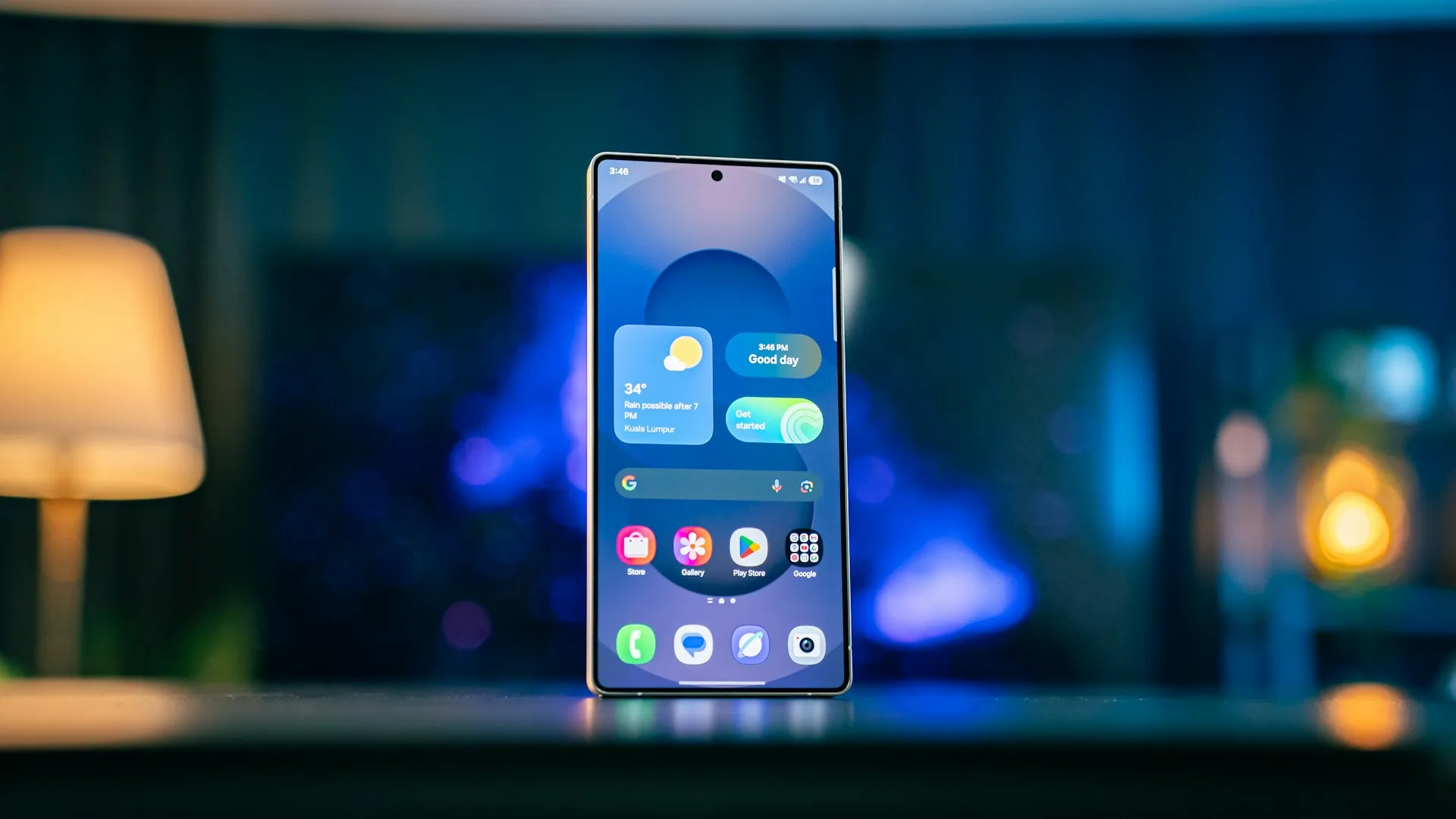
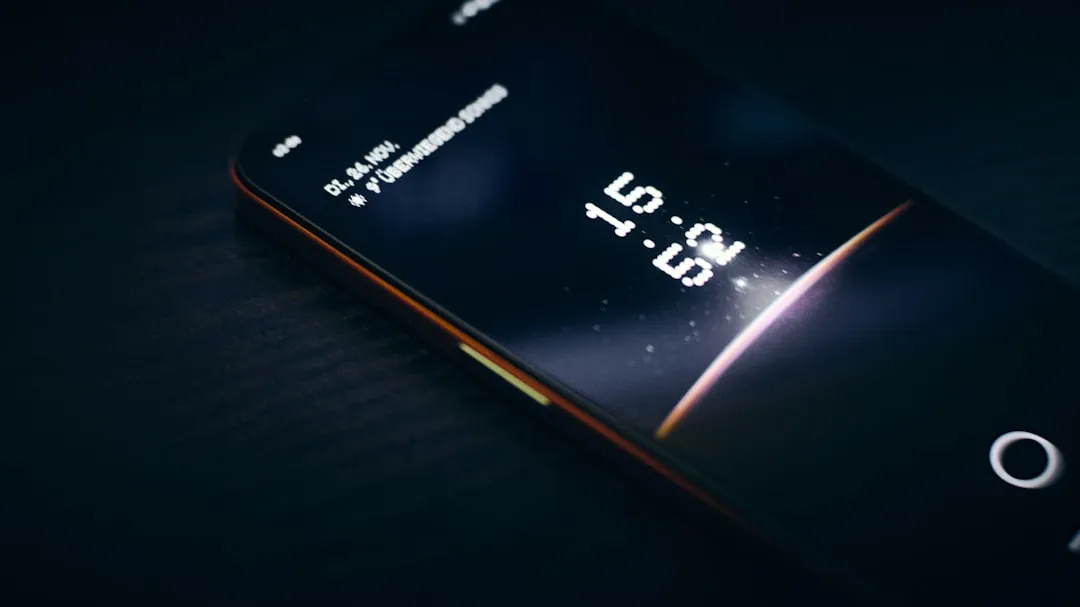

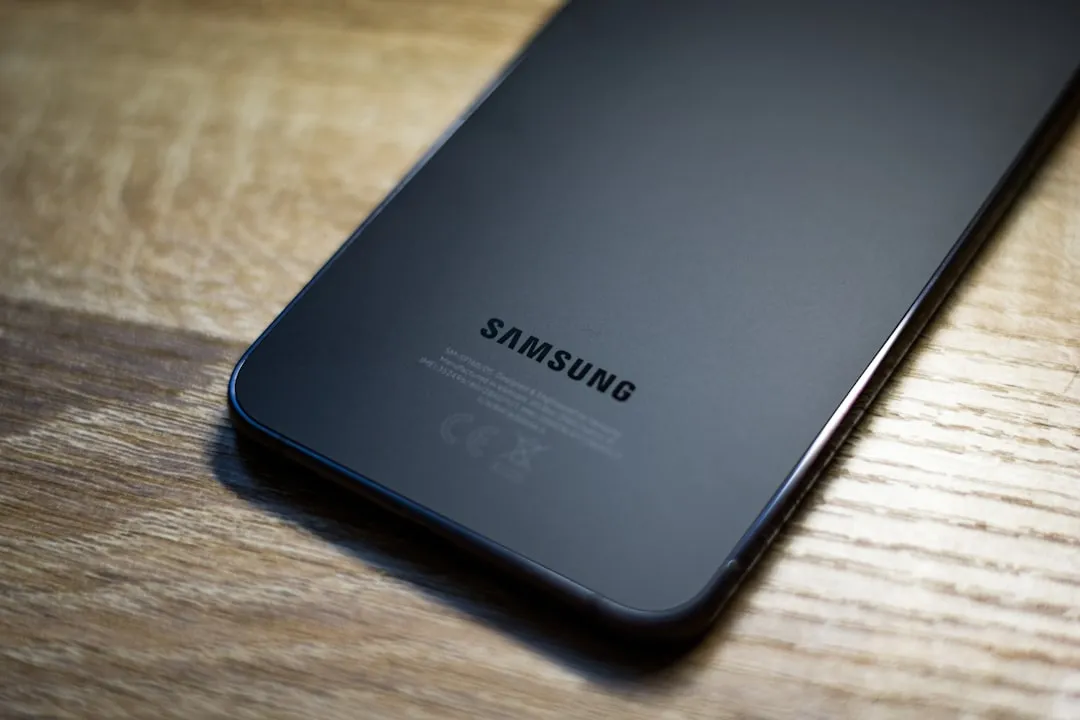

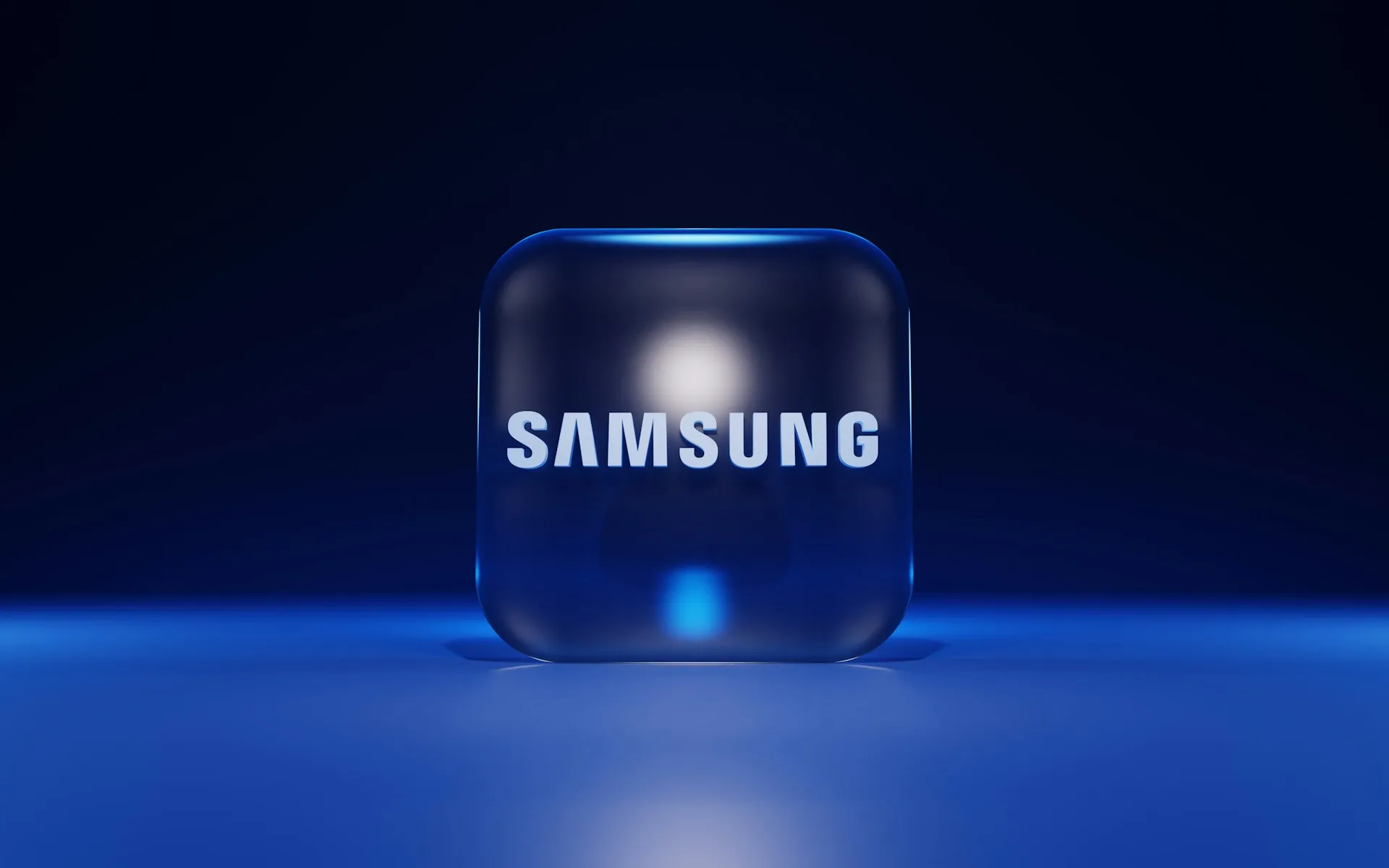


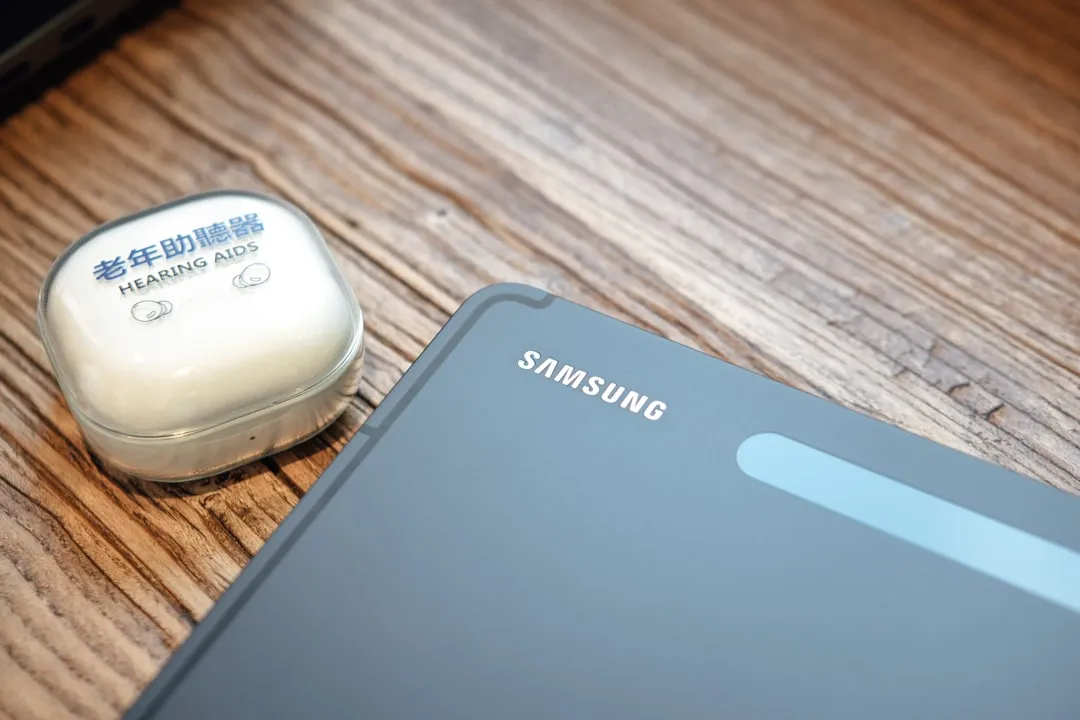
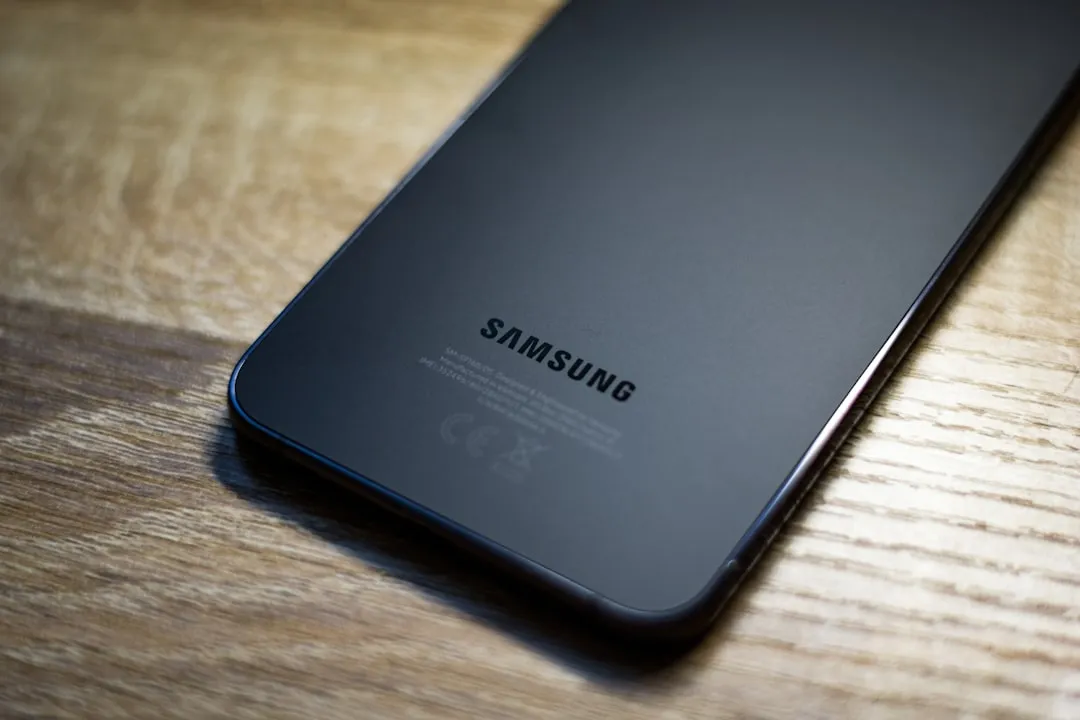


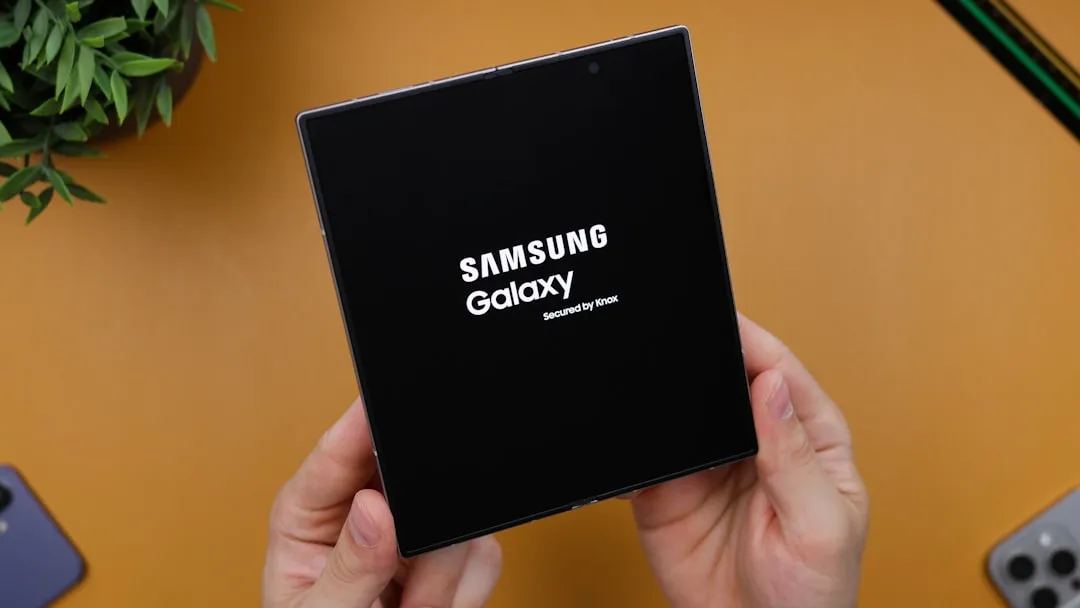
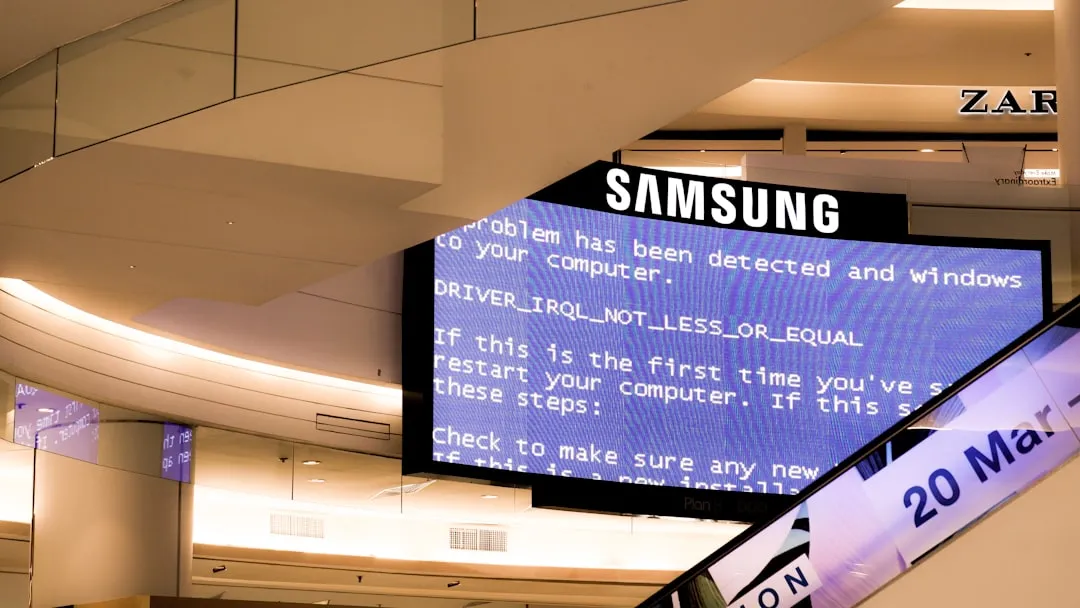
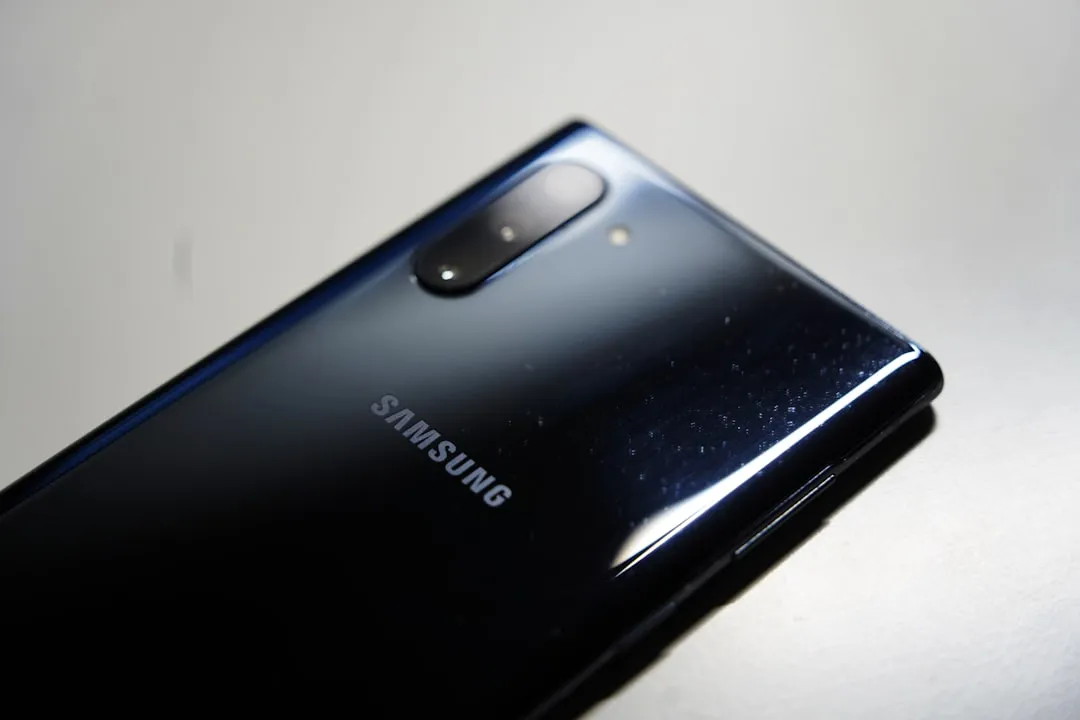
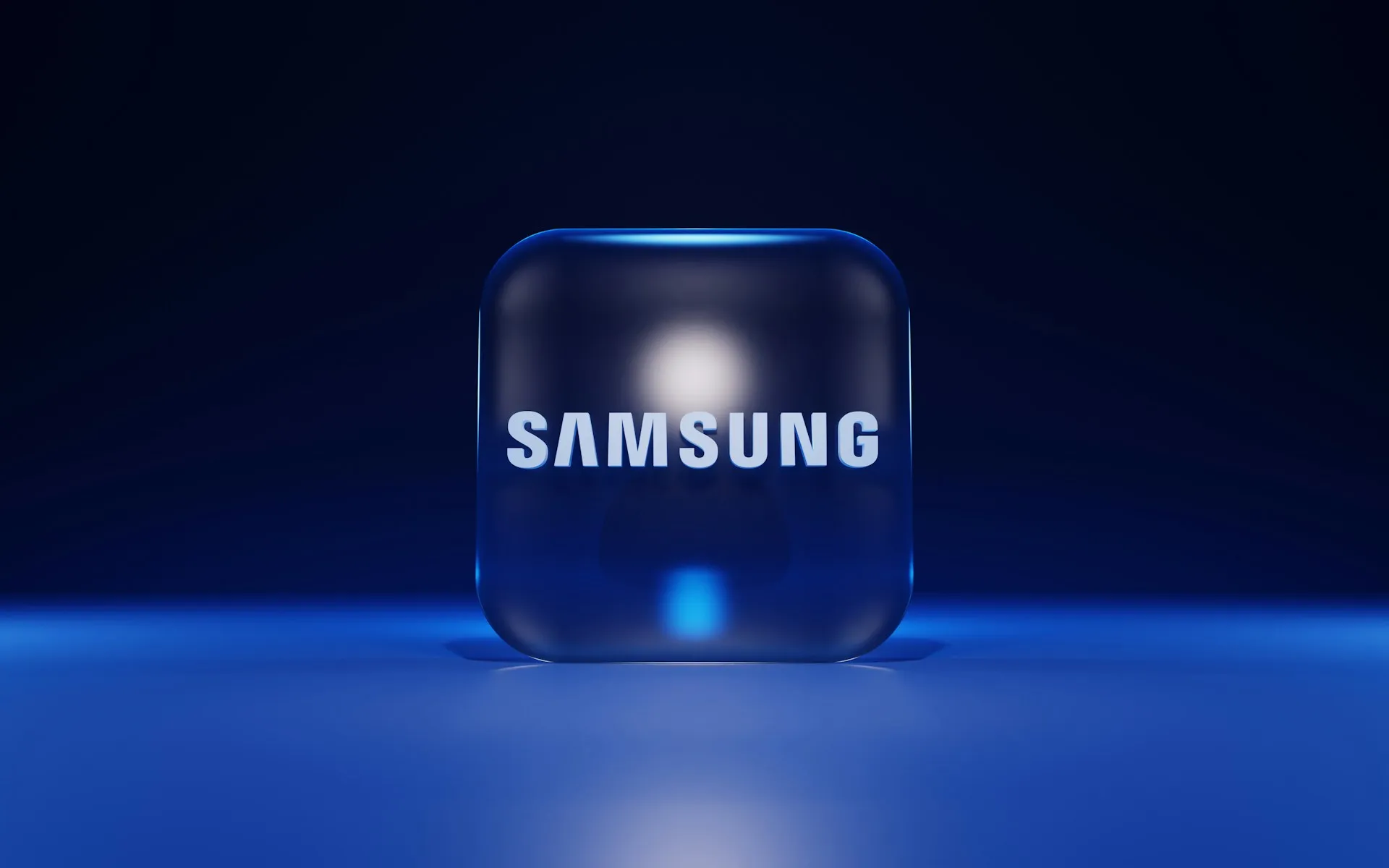
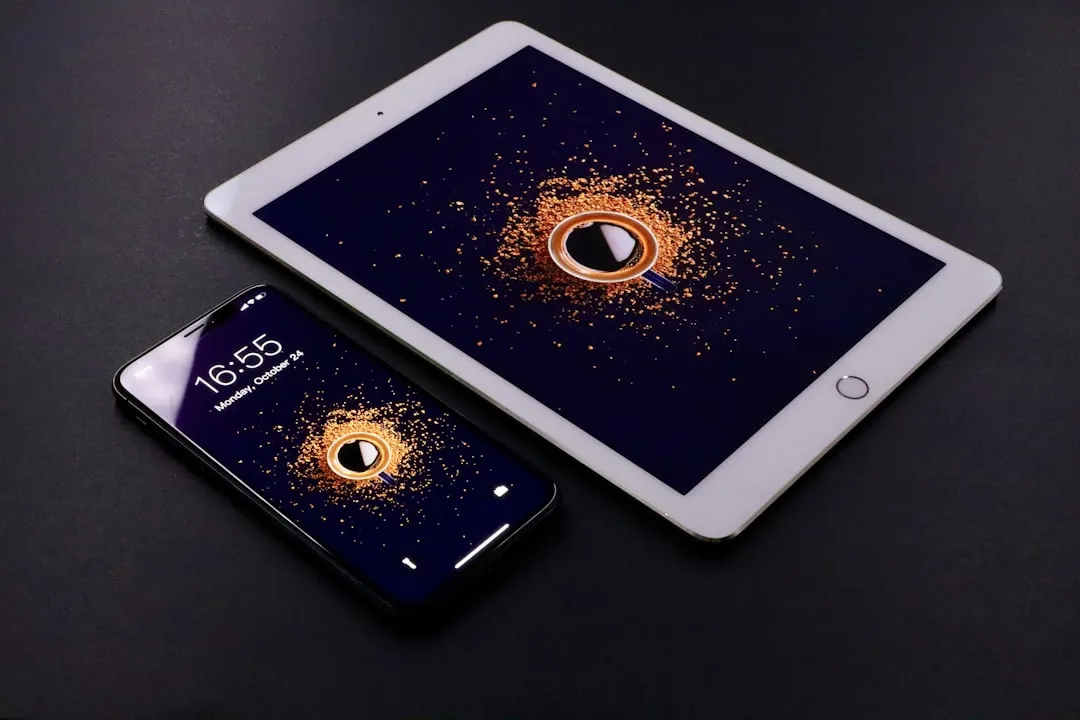
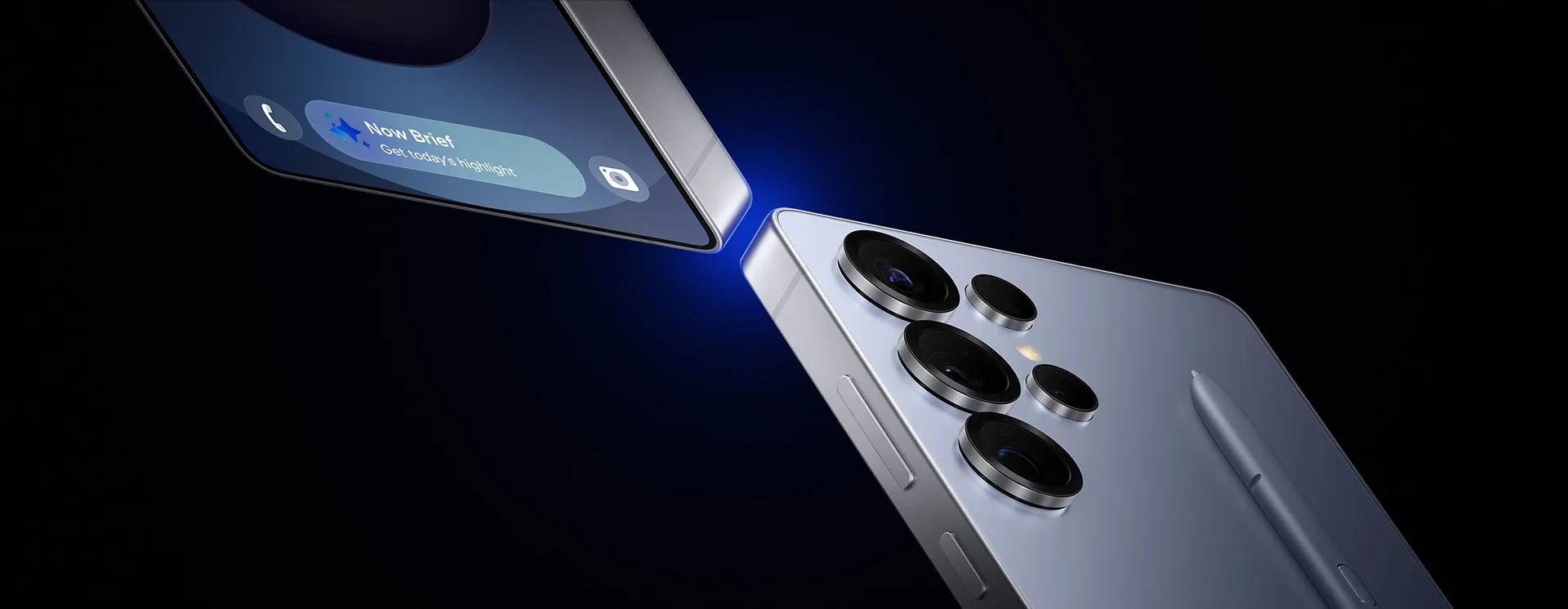

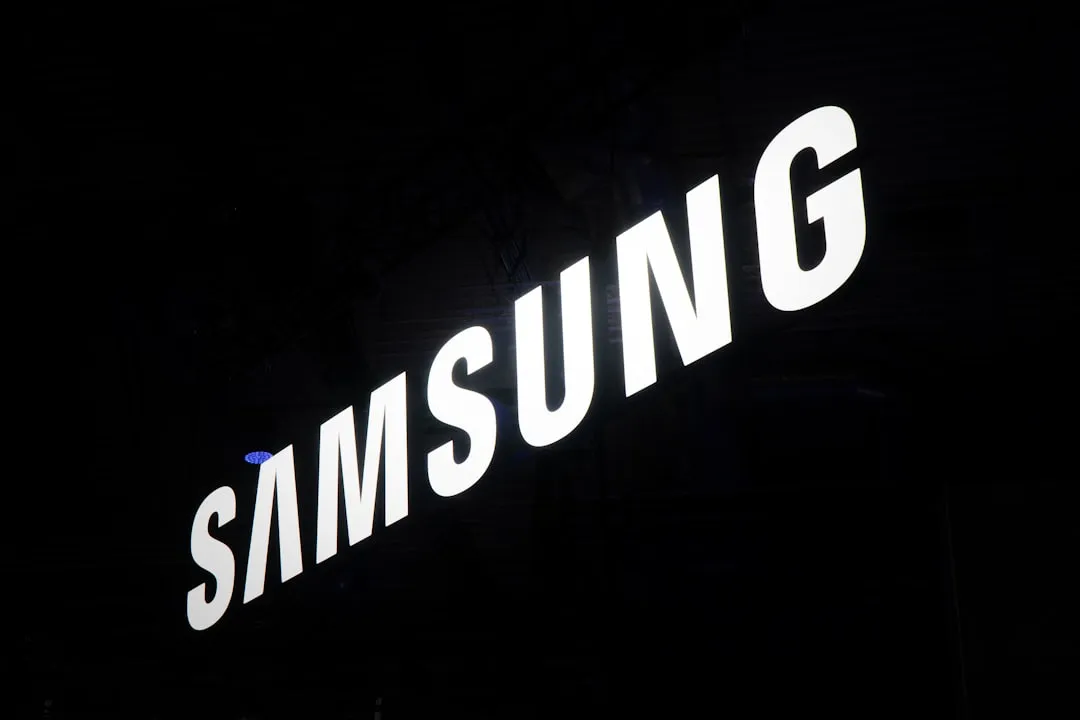
Comments
Be the first, drop a comment!